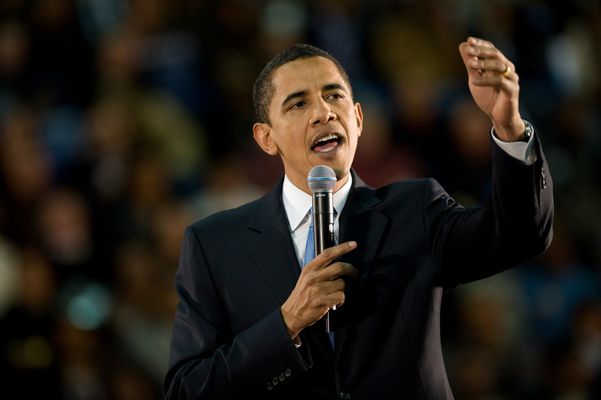4.4.3
Racial Attitudes in Television from 1850-2009
Racial Attitudes in Television
Racial Attitudes in Television
During the 1950s the NAACP highlighted the fact that few black characters appeared on TV and the black characters were shown as stupid and lazy.


CBS
CBS
- The programme Amos ’n’ Andy showed black people as stupid and lazy. In 1952, CBS stopped the production of the show.
- When TV tried to show black characters positively such as in East Side/West Side (1963) Southern States refused to show the programme.
- During the 1970s CBS started to show programmes which had a ‘social conscience’. All in the Family was created to show the bigoted attitudes of Middle America (the average American) in a bid to prove that racism and sexism were wrong.


Roots (1977)
Roots (1977)
- Roots dramatically changed the way TV showed black people.
- The main character Kunta Kinte was a brave Warrior who was kidnapped and sold into slavery.
- Despite trying to run away, he remained in slavery his whole life and had a family.
- The treatment that he is subject to by slave owners, the KKK, white Americans and the authorities is appalling.
- The black characters are always seen as the ‘good guys’ in the programme.
- The show was immensely popular. Nearly 50% of Americans watched the last episode on TV.


The Wire (2002-2008)
The Wire (2002-2008)
- This was one of the few mainly black cast TV programmes.
- The programme reflected the hardships that black communities faced such as drug addiction, poor housing, white-dominated trade unions, poor schooling and corrupt city government.


Reception of The Wire
Reception of The Wire
- Critics argued that the programme reinforced racial stereotypes of black people living in ghetto-like areas as being poor, welfare dependant and immoral.
- The series was fairly popular and President Obama said it was his favourite TV programme.
- The programme highlighted the need for social reform in America.
1‘Free at Last’ 1865-77
1.1The Thirteenth Amendment
1.2Radical Reconstruction, 1867-77
2The Triumph of ‘Jim Crow’ 1883-c1890
2.1Jim Crow Laws & Civil Rights Cases
3The New Deal and Race Relations, 1933–41
3.1Failure to Address Black Grievances
3.2The New Deal
3.3The Second World War
4‘I have a dream’, 1954–68
4.1Civil Rights Activities, 1954–63
4.2Civil Rights 1964-68
4.3Malcolm X & The Black Panthers
5Obama's Campaign for the Presidency, 2004–09
5.1The Late 20th Century
5.2Barack Obama & his Political Career
5.3Reasons for Obama's Victory
Jump to other topics
1‘Free at Last’ 1865-77
1.1The Thirteenth Amendment
1.2Radical Reconstruction, 1867-77
2The Triumph of ‘Jim Crow’ 1883-c1890
2.1Jim Crow Laws & Civil Rights Cases
3The New Deal and Race Relations, 1933–41
3.1Failure to Address Black Grievances
3.2The New Deal
3.3The Second World War
4‘I have a dream’, 1954–68
4.1Civil Rights Activities, 1954–63
4.2Civil Rights 1964-68
4.3Malcolm X & The Black Panthers
5Obama's Campaign for the Presidency, 2004–09
5.1The Late 20th Century
5.2Barack Obama & his Political Career
5.3Reasons for Obama's Victory
Unlock your full potential with Seneca Premium
Unlimited access to 10,000+ open-ended exam questions
Mini-mock exams based on your study history
Unlock 800+ premium courses & e-books